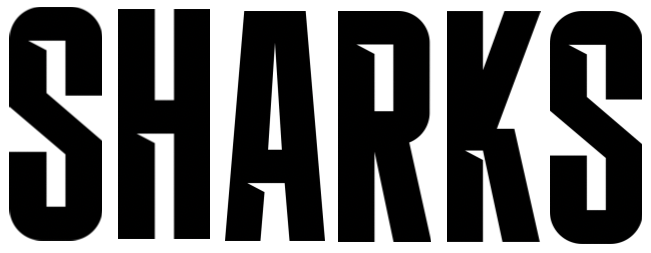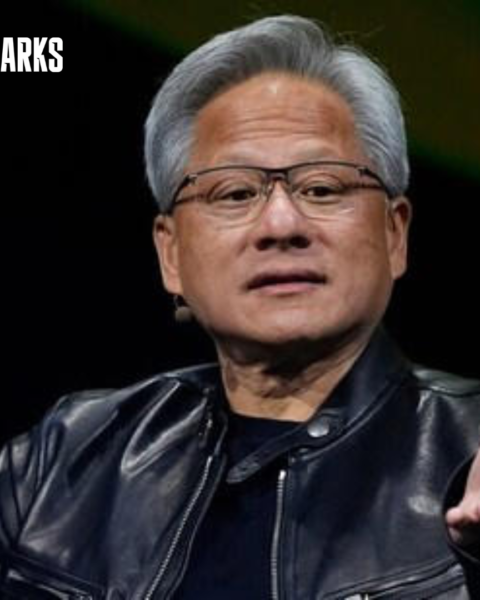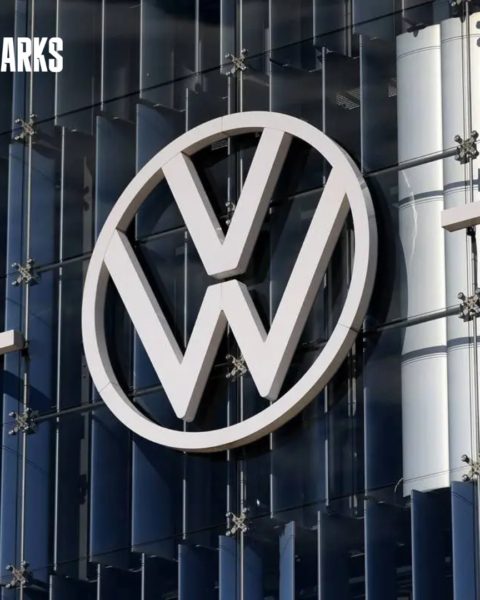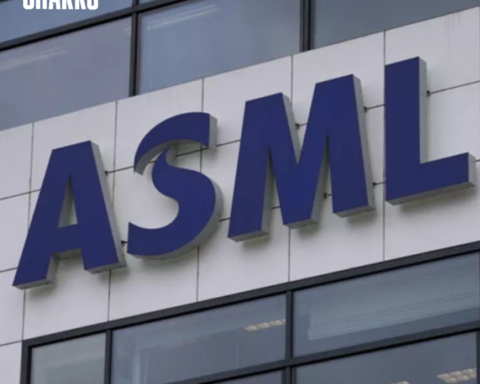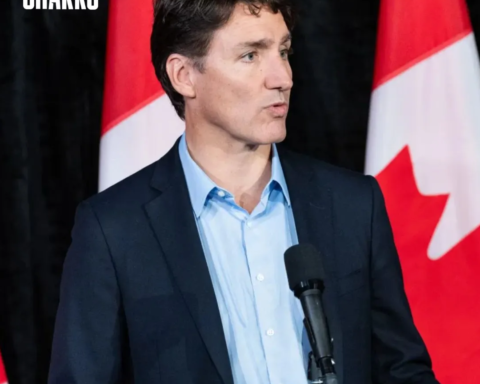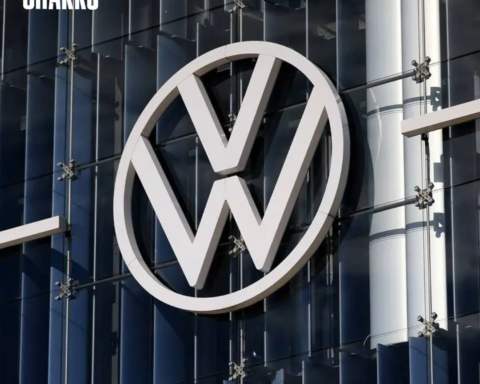Russian Economy Shows Resilience Amid Western Sanctions
The Russian economy has shown strong development in a variety of sectors, with unemployment maintaining at a historic low.

According to new data released on Wednesday, the Russian Economy has demonstrated solid growth across various sectors, with unemployment remaining at a record low. This economic resilience comes despite ongoing Western sanctions imposed in reaction to the war in Ukraine.
Industrial output rose by 3.3% in July, up from a 2.7% increase in the previous month. Since the start of the year, industrial production has grown by 4.8%, a notable improvement compared to the 3.1% growth recorded in the same period in 2023. This growth has been primarily driven by increased military production.
Russian Economy GDP Growth Outpaces Previous Year:
A preliminary estimate for Russia’s gross domestic product (GDP) growth in the first half of the year stands at 4.6%, significantly higher than the 1.8% growth recorded in the same period last year. Officials have credited this robust growth to strong capital investment, particularly from the private sector. Capital investment rose 8.3% year-on-year in the second quarter, reaching 8.44 trillion roubles ($92 billion), following a 14.5% growth in the first quarter.
Given the strong performance in the year’s first half, officials are optimistic about the full-year outlook. “We expect even higher figures for the entire year of 2024 than we had initially projected in the economic forecast published in April,” stated Polina Kryuchkova, Russia’s deputy economy minister.
Signs of Economic Overheating:
Despite the positive indicators, the data also suggest signs of economic overheating. In response, the central bank raised its benchmark interest rate by 200 basis points to 18% in July, the highest level over two years. The central bank cited persistent labor shortages, wage growth, and high inflation as the primary concerns and vowed to maintain tight monetary policy until inflation cools.
Wage Growth and Labour Market Trends:
New statistics reveal that real wages in Russia rose by 6.2% year-on-year in June, following an 8.8% increase in May. Average nominal wages increased by 15.3% year-on-year, reaching 89,145 roubles monthly. Wage growth has been notably influenced by payments to contract soldiers fighting in Ukraine, which have set a new economic benchmark. Workers in fast-growing sectors facing severe labor shortages now demand similar compensation from their employers.
In the first half of the year, real wages grew by 9.4%, while nominal wages surged by 18.1% compared to the same period in 2023. Unemployment remained at a historically low level of 1.9 million people in July, or 2.4% of the workforce.
Share This
Tony Boyce is a seasoned journalist and editor at Sharks Magazine, where his expertise in business and startups journalism shines through his compelling storytelling and in-depth analysis. With 12 years of experience navigating the intricate world of entrepreneurship and business news, Tony has become a trusted voice for readers seeking insights into the latest trends, strategies, and success stories.
